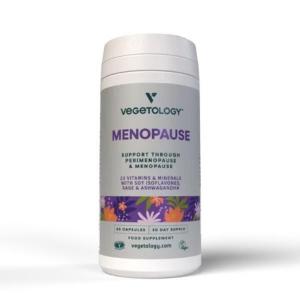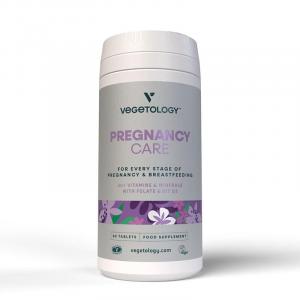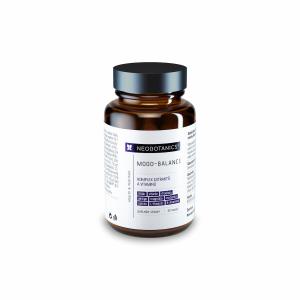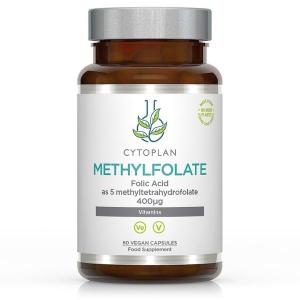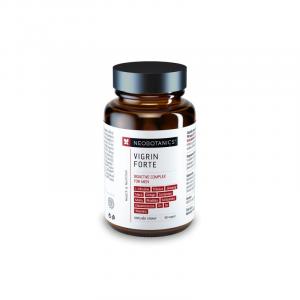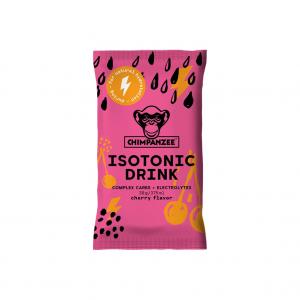
Do Not Ignore Symptoms of Tomato Allergy, They Can Be Serious

What You Should Know About Tomato Allergy
Food allergies are an increasingly common phenomenon in modern society. Many people are aware of allergies to common foods like peanuts, milk, or eggs, but a less known yet concerning allergy is the allergy to tomatoes. Tomatoes, which are a staple in many popular dishes, can trigger uncomfortable and sometimes dangerous allergic reactions in some individuals. In this article, we will explore how this allergy manifests, what causes it, and how you can manage it.
What Causes Tomato Allergy?
An allergic reaction to tomatoes is caused by the body's mistaken identification of certain proteins in tomatoes as harmful substances. The immune system then initiates a defense response, leading to the development of allergic symptoms. The main allergen in tomatoes is a protein called profilin. This protein is commonly present in other types of fruits and vegetables, which can lead to cross-reactivity. This means that people allergic to tomatoes may also have an allergic reaction to other foods containing similar proteins.
In addition to profilin, tomatoes contain other substances that can trigger allergic reactions, such as histamine. Histamine is a chemical that the body naturally produces as part of the immune response but can also be found in some foods. A high histamine content in tomatoes can contribute to worsening allergic reactions, especially in individuals who are more sensitive to this substance.
What Are the Symptoms of Tomato Allergy?
The symptoms of a tomato allergy can vary widely and depend on each individual's sensitivity. Some of the most common symptoms include:
- Oral Allergy Syndrome (OAS): This is the most common form of allergic reaction to tomatoes. It manifests as itching, burning, or tingling in the mouth, lips, tongue, and throat. These symptoms usually occur shortly after consuming tomatoes and can range from mild to moderate.
Try our natural products
-
Skin Reactions: Some people may experience a rash, redness, or hives after contact with tomatoes or consuming them. These skin symptoms can be localized or spread over larger areas of the body. Itching and swelling are also common.
-
Digestive Issues: A tomato allergy can cause digestive issues such as nausea, vomiting, diarrhea, or abdominal pain. These symptoms can appear several hours after consuming tomatoes and can be very intense.
Try our natural products
-
Respiratory Symptoms: In some cases, a tomato allergy can trigger respiratory difficulties like coughing, sneezing, runny nose, or shortness of breath. In more severe cases, it may result in an asthma attack, requiring immediate medical attention.
-
Anaphylaxis: Although rare, a tomato allergy can lead to anaphylaxis, a life-threatening allergic reaction that requires immediate medical intervention. Anaphylaxis is characterized by a rapid drop in blood pressure, severe breathing difficulties, loss of consciousness, and can be fatal if not treated promptly.
How to Diagnose Tomato Allergy?
If you suspect you have a tomato allergy, it is important to seek expert advice. An allergist may recommend conducting several tests to determine whether tomatoes are the source of your problems. The most common diagnostic methods include:
-
Skin Prick Test: In this test, a small amount of tomato extract is applied to your skin, and the skin's surface is gently punctured to see if an allergic reaction occurs. If redness or swelling appears, it may be a sign of an allergy.
-
Blood Test: A blood test can detect the presence of specific IgE antibodies that your body produces in response to the allergen in tomatoes. This test can be more accurate in diagnosing food allergies, especially if skin test results are inconclusive.
-
Elimination Diet: If test results are inconclusive, a doctor may recommend an elimination diet. This involves temporarily eliminating tomatoes and other potential allergens from your diet and then gradually reintroducing them to see if allergy symptoms occur.
How to Cope with Tomato Allergy?
Once a tomato allergy is diagnosed, it is crucial to avoid consuming tomatoes and products that contain them. This can include not only fresh tomatoes but also various sauces, soups, juices, and other processed foods that may contain tomatoes as an ingredient. Carefully reading food labels is essential to avoid unintended exposure to the allergen.
Try our natural products
For people with mild symptoms, antihistamines may be helpful in relieving allergic reaction symptoms. In more severe cases, it may be necessary to carry an adrenaline auto-injector, which can be used in case of an anaphylactic shock.
If you have this allergy, avoiding tomatoes can be challenging, especially if you're accustomed to Mediterranean cuisine or other dishes that heavily utilize tomatoes. Fortunately, there are many alternatives that allow you to prepare delicious meals without using tomatoes. Peppers, pumpkins, or even strawberries can replace tomatoes in some recipes while bringing new flavors and colors to your plate.
A tomato allergy can be an unpleasant surprise for those who have grown fond of this vegetable, but with proper diagnosis and care, it is possible to live effectively with this allergy. If you suspect that you might have a tomato allergy, do not hesitate to seek professional help. Identifying the allergy and adjusting your diet accordingly will allow you to avoid unpleasant symptoms and maintain a full life without health complications. Remember that with appropriate measures and alternatives, you can continue to enjoy a wide variety of tasty dishes.
